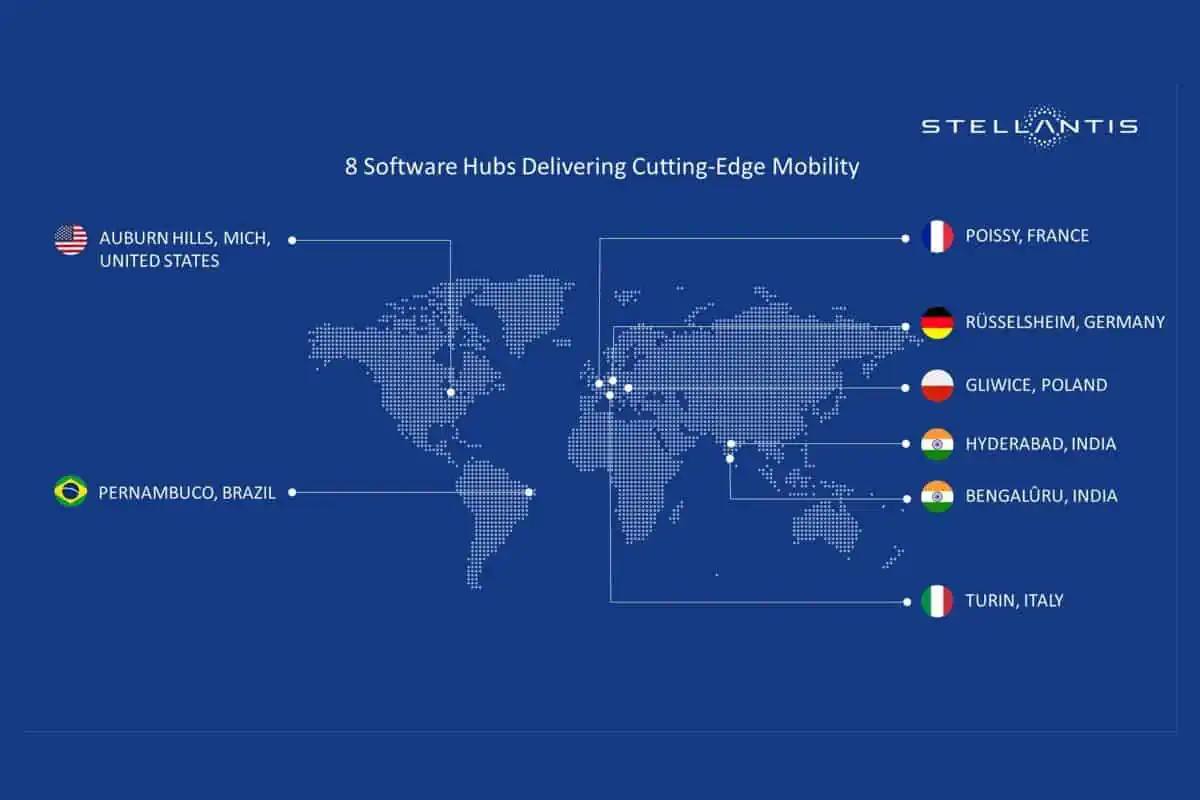The Poland software hub will be staffed with up to 300 employees in data analytics and software development and validation, and will be located in Gliwice, near a Stellantis manufacturing plant.
Stellantis is partnering with GlobalLogic Inc., a supplier of digital engineering services, to recruit talent and establish the Poland software hub quickly. The hub’s location leverages expert technical and university-level education facilities in the region while adding software development resources to existing Stellantis technical operations in Europe.
The team in the Poland software hub will primarily focus on base software development, software application development, DevOps and automated validation.
“The opening of this new software hub in Poland is another milestone in the implementation of our Dare Forward 2030 strategy,” said Yves Bonnefont, Stellantis Chief Software Officer. “Software plays a key role in our drive to be the industry leader in customer experience for services and products, as well as our industry-leading commitment to be carbon net zero by 2038.”
Stellantis now has eight software development hubs in seven countries, including:
- Brazil: Pernambuco
- France: Poissy
- Germany: Rüsselsheim
- India: Bengalûru and Hyderabad
- Italy: Turin
- Poland: Gliwice
- United States: Auburn Hills, Michigan
The team in Poland will contribute to the global software creation network that is key to Stellantis’ work in creating software-defined vehicles (SDVs) that offer customer-focused features throughout the vehicle’s life span, including updates and features that will be added years after the vehicle is manufactured.
“Creating an infrastructure inside our vehicles that easily and seamlessly adapts to meet driver expectations is a key element of Stellantis’ global drive to deliver cutting edge mobility,” said Tara Vatcher, Stellantis Senior Vice President, Software Architecture and Development.
Stellantis’ software-driven strategy deploys next-generation tech platforms, building on existing connected vehicle capabilities to transform how customers interact with their vehicles and to generate €20 billion in incremental annual revenues by 2030.
Content and images supplied via QuickPic
